Reptiles have gained significant popularity as pets in recent years, with lizards being particularly appealing to both new and experienced exotic pet owners. While some species can grow to intimidating sizes and require elaborate setups, many lizards remain conveniently small throughout their lives and have relatively straightforward care requirements. These miniature reptilian companions offer the excitement of keeping an exotic pet without demanding excessive space, specialized equipment, or complicated feeding regimens. If you’re fascinated by scaly friends but live in an apartment, have limited space, or simply prefer a more manageable pet, these seven small lizard species combine the charm of reptile keeping with practical care needs that won’t overwhelm beginners.
1. Leopard Gecko (Eublepharis macularius)
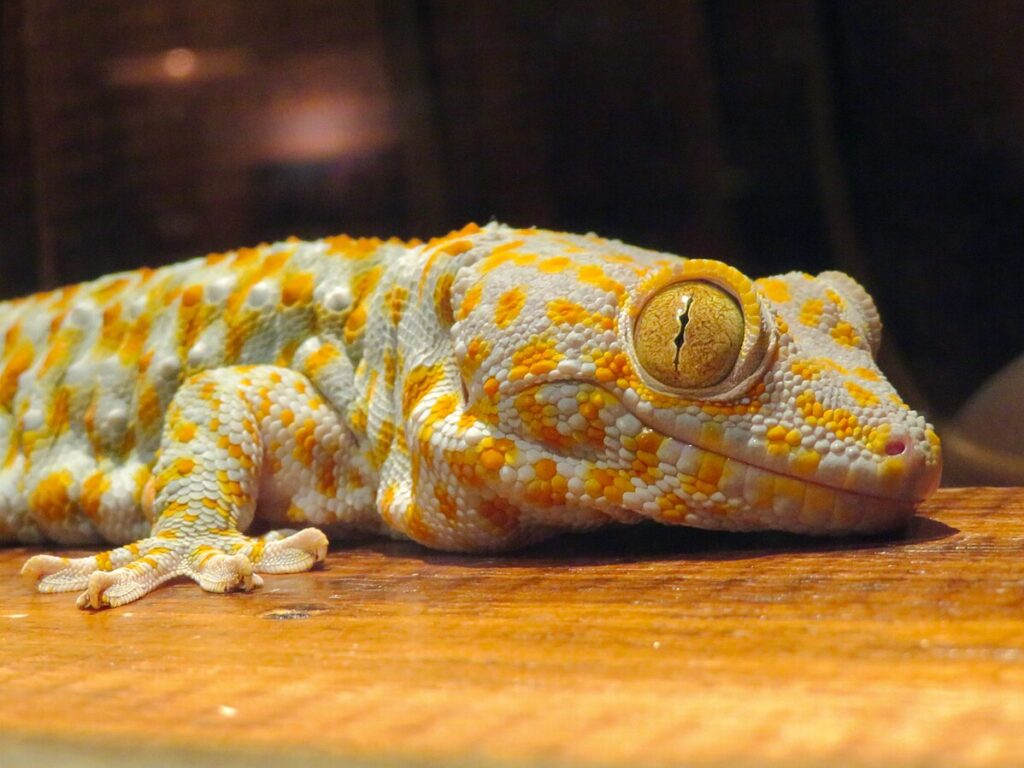
Leopard geckos are arguably the most popular small lizard pets, rarely growing larger than 8-10 inches in length, making them perfect for modest enclosures. Unlike many lizards, these docile creatures possess movable eyelids and lack the sticky toe pads of their relatives, giving them a distinctive appearance and preventing them from climbing smooth surfaces.
Their care requirements are straightforward: a 20-gallon terrarium with a warm side (88-90°F) and cooler side (75-80°F), a shallow water dish, and several hiding spots will create an ideal habitat. Leopard geckos are insectivores, thriving on a diet of crickets, mealworms, and dubia roaches dusted with calcium and vitamin supplements, and their hardy nature means they typically live 10-20 years with proper care, making them excellent long-term companions.
2. Crested Gecko (Correlophus ciliatus)

Crested geckos have surged in popularity since their rediscovery in 1994 after being thought extinct, and these arboreal lizards typically stay between 6-8 inches in length including their tail. Their most distinctive features are the crest-like projections that run from their eyes to their tail and their remarkable ability to thrive at room temperature without additional heating in most homes, simplifying their care significantly.
Unlike many reptiles, crested geckos can subsist primarily on commercially available powder diets (mixed with water to form a smoothie-like consistency), supplemented occasionally with small insects for enrichment. These geckos are primarily nocturnal and arboreal, requiring a vertical terrarium with plenty of climbing opportunities, and they come in a stunning variety of colors and patterns known as “morphs,” making them a visually striking pet option for those who appreciate genetic diversity.
3. African Fat-Tailed Gecko (Hemitheconyx caudicinctus)
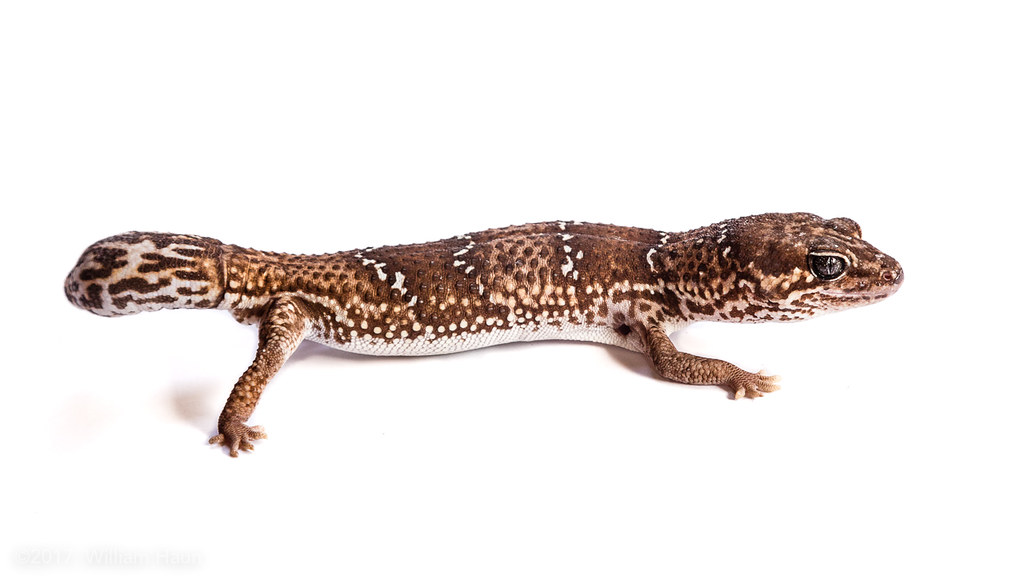
African Fat-Tailed Geckos are close relatives of Leopard Geckos but originate from the more humid regions of West Africa, reaching a modest adult size of 6-9 inches. These ground-dwelling nocturnal lizards are characterized by their stocky bodies, distinctive fat-storing tails, and typically display banded patterns of brown, orange, and cream coloration that help them blend into their natural environment.
Their temperament tends to be calm and deliberate, often making them less skittish than other small lizard species, though they generally prefer gentle handling for limited periods. African Fat-Tails require slightly higher humidity (50-70%) than Leopard Geckos, but their care is otherwise similar: an appropriately sized terrarium with temperature gradient, several hiding places, and a diet of gut-loaded insects dusted with calcium and vitamin supplements will keep these gentle lizards healthy for their 15-20 year lifespan.
4. Gargoyle Gecko (Rhacodactylus auriculatus)
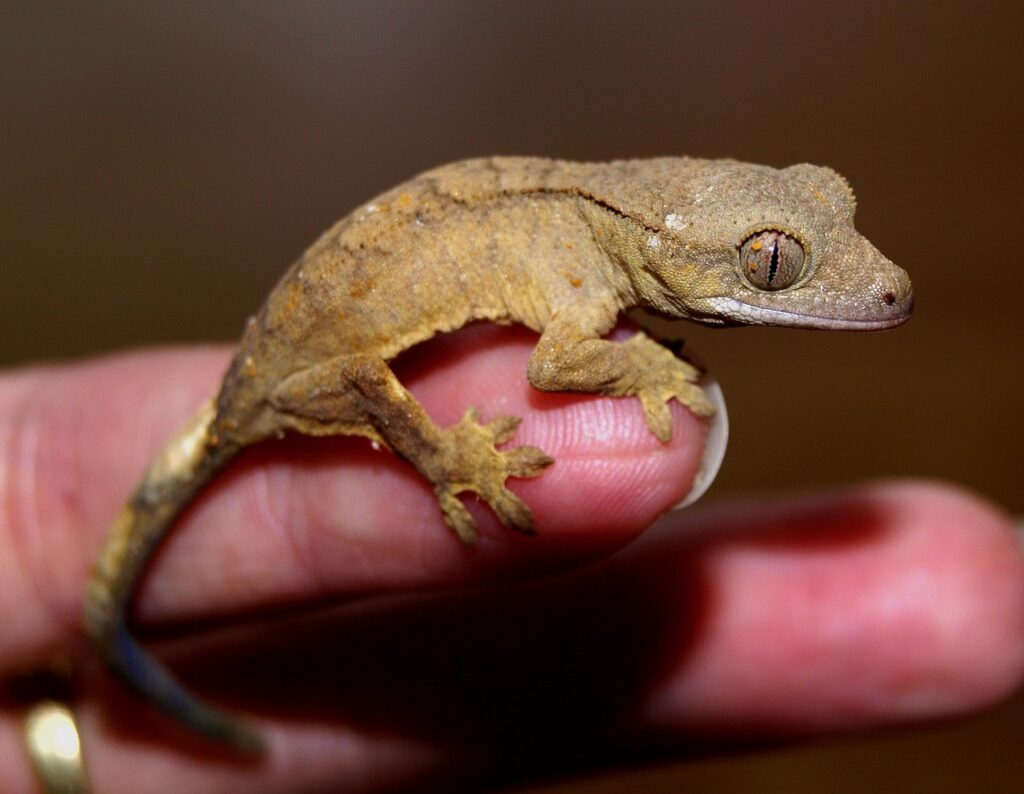
Gargoyle Geckos earn their name from the distinctive ridges and bumps on their heads that give them a somewhat mythical appearance, and they typically reach a manageable 8-10 inches in length. Native to New Caledonia (like their crested gecko cousins), these arboreal lizards have a remarkable ability to change colors slightly, usually displaying patterns in shades of brown, gray, orange, or red that can lighten or darken based on mood, temperature, and time of day.
Their care requirements mirror those of crested geckos, thriving in room-temperature vertical terrariums with moderate humidity (50-70%) and commercially available powdered diets supplemented with occasional insects. Gargoyle geckos can be slightly more shy and less handleable than crested geckos initially, but with patient, consistent interaction, many become comfortable with gentle handling, making them excellent display pets that combine exotic looks with relatively straightforward care for keepers of all experience levels.
5. Green Anole (Anolis carolinensis)
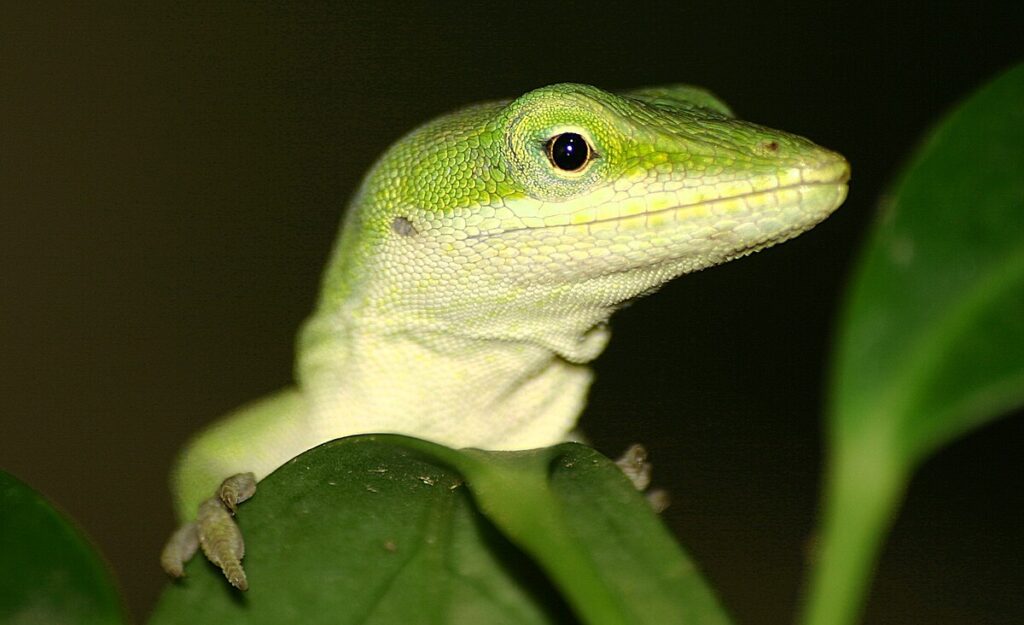
Green Anoles are slender, active lizards native to the southeastern United States that remain delightfully small, typically reaching only 5-8 inches in length including their long, thin tails. These diurnal lizards are known for their color-changing ability, shifting from bright emerald green to various shades of brown based on temperature, mood, and environmental conditions, although they lack the full spectrum of color changes seen in true chameleons.
Green anoles are more visually-oriented and less handleable than some other species on this list, making them better suited as observational pets where their natural behaviors—including dramatic territorial displays where males extend a bright pink dewlap from their throat—can be appreciated. Care requirements include a vertical terrarium with UVB lighting, temperatures from 75-85°F with a basking spot of 90°F, relatively high humidity (60-70%), and a diet of small live insects such as crickets, fruit flies, and small mealworms dusted with calcium and vitamin supplements.
6. Madagascar Day Gecko (Phelsuma grandis)
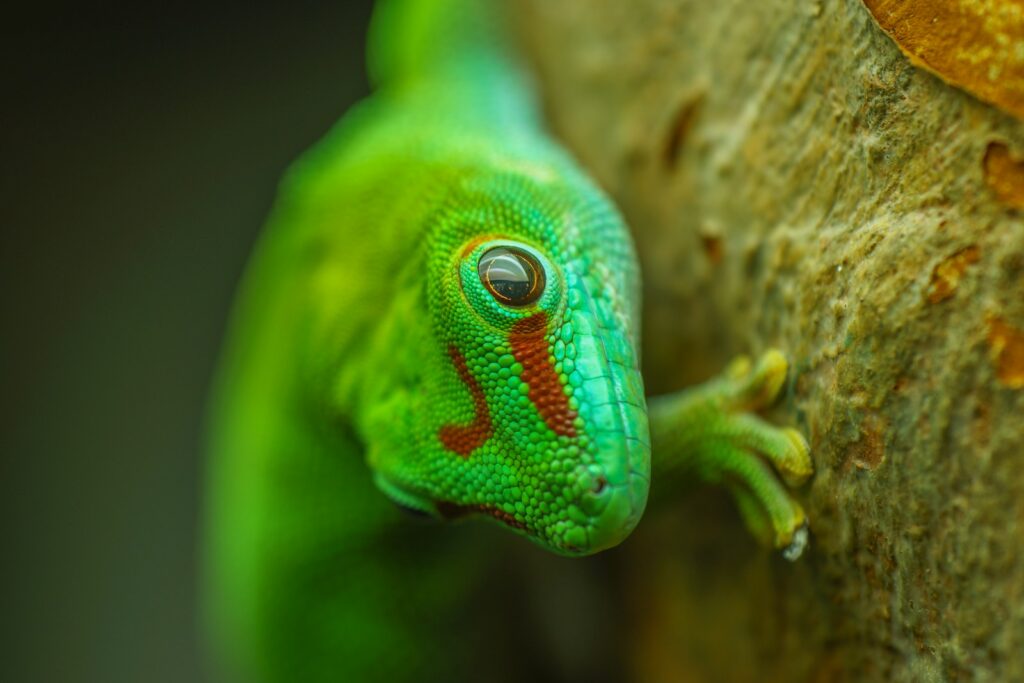
Madagascar Day Geckos are breathtakingly beautiful lizards with vibrant green bodies accented with red speckles or patterns, and while they’re one of the larger species in the Phelsuma genus, they still remain manageable at 8-11 inches in length. Unlike many pet lizards, these geckos are strictly diurnal, meaning they’re active during daylight hours when their stunning coloration can be fully appreciated.
Their care requirements are more specific than some other species on this list: they need vertical terrariums with temperatures between 75-85°F and a basking spot around 90°F, UVB lighting, moderate to high humidity (50-70%), and plenty of plants (real or artificial) for climbing and hiding. Madagascar Day Geckos have a unique diet among pet lizards, requiring not only insects but also commercial fruit-based gecko diets and even small amounts of pureed fruits like mango or papaya, creating a more varied feeding routine than purely insectivorous species.
7. House Gecko (Hemidactylus frenatus)
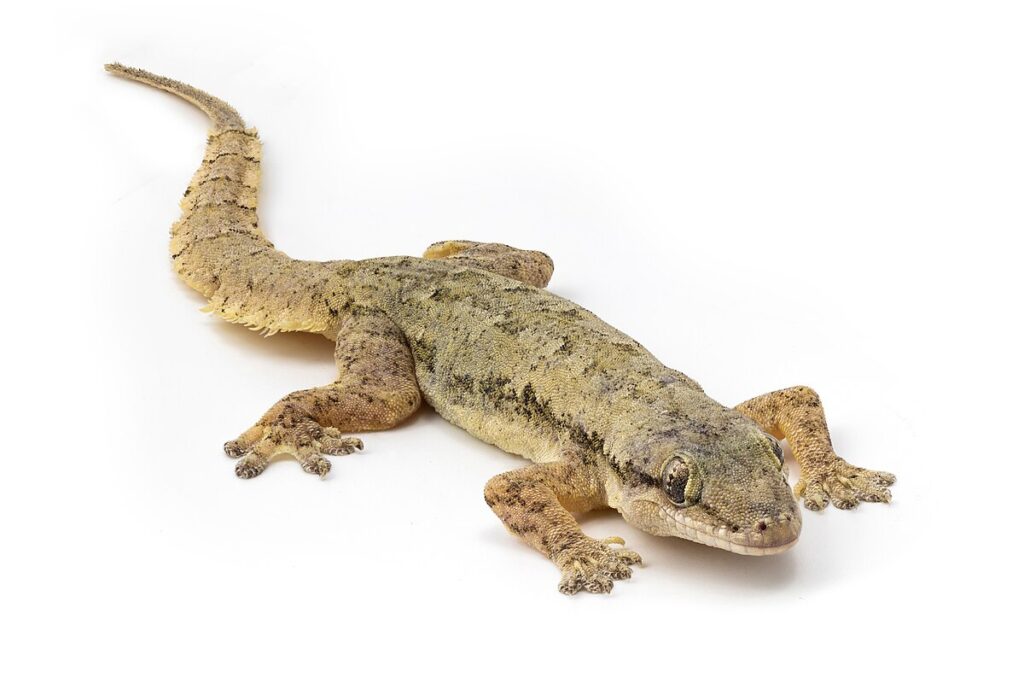
House Geckos are small, adaptable lizards that typically grow to only 3-5 inches in length, making them the most diminutive option on this list and perfect for keepers with very limited space. These nocturnal geckos earned their common name by frequently living in and around human dwellings throughout their native range in Southeast Asia, where they’re often welcomed for their consumption of insect pests.
House geckos possess the characteristic sticky toe pads that allow them to climb virtually any surface, including glass and smooth walls, making a secure lid essential for their enclosure. Their care is relatively straightforward: a 10-gallon terrarium with moderate temperatures (75-85°F), several hiding spots, and a humidity level around 50-60% will create a comfortable environment for these active little hunters. House geckos subsist entirely on small insects such as fruit flies, pinhead crickets, and small mealworms, making them ideal for keepers who enjoy watching natural hunting behaviors but want a truly small, space-efficient reptilian pet.
Understanding Space Requirements
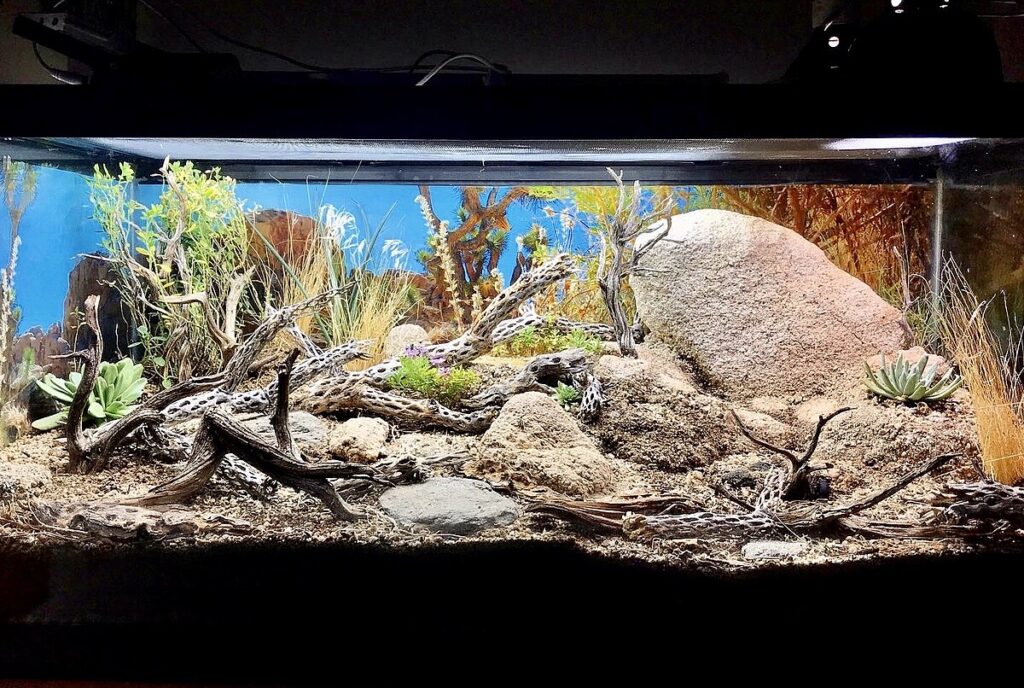
Even small lizards require appropriately sized enclosures to thrive, though their space needs are significantly less demanding than larger reptile species. As a general rule, most small lizard species need a minimum of 10-20 gallons of terrarium space for a single adult, with some arboreal species requiring taller rather than longer enclosures. It’s important to understand that while these lizards stay physically small, providing adequate space allows them to express natural behaviors such as exploring, climbing, and thermoregulating between different temperature zones. Many experienced keepers recommend providing the largest enclosure that your space and budget allow, as additional room is always beneficial for the animal’s physical and psychological wellbeing. When housing multiple lizards, space requirements increase substantially, and some species (particularly males of the same species) cannot be housed together due to territorial aggression, making research into specific species’ social structures essential before attempting to create communal setups.
Diet and Nutrition Basics
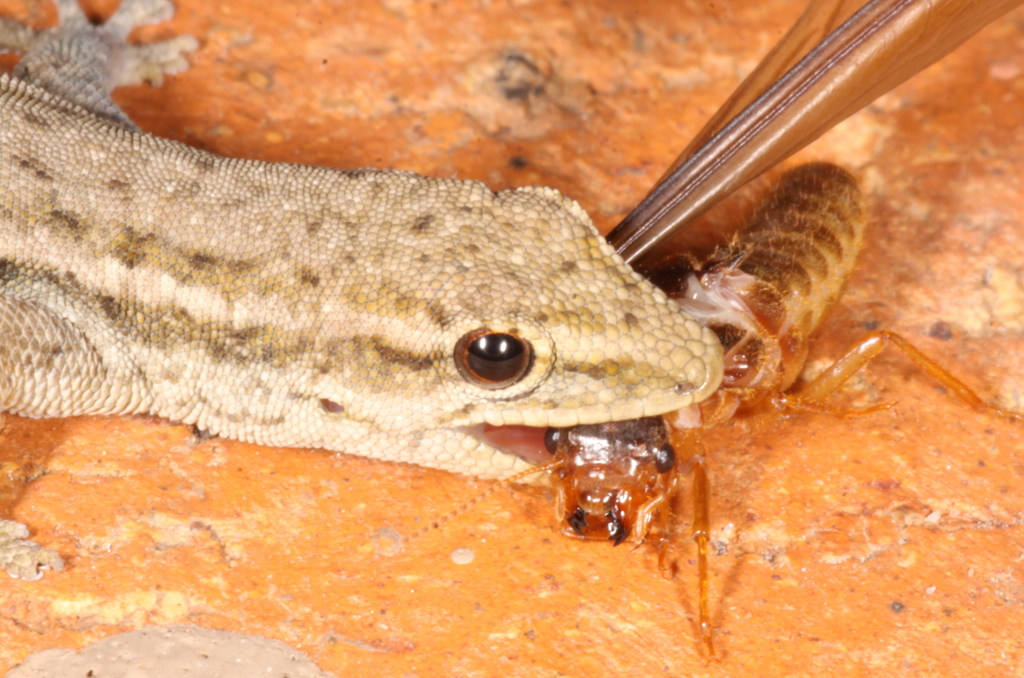
Proper nutrition is fundamental to keeping small lizards healthy, with dietary needs varying significantly between species. Insectivorous species like leopard geckos and fat-tailed geckos require a variety of live insects such as crickets, mealworms, and dubia roaches that have been “gut-loaded” (fed nutritious foods before being offered to the lizard) and dusted with calcium and vitamin supplements to prevent nutritional deficiencies.
Omnivorous species like crested geckos and gargoyle geckos can thrive on commercially prepared powdered diets reconstituted with water, supplemented with occasional insects for added nutrition and enrichment. Regardless of species, all reptiles are susceptible to specific nutritional deficiencies, with calcium deficiency leading to metabolic bone disease being particularly common in captive lizards.
Establishing a regular feeding schedule appropriate to your specific species, offering size-appropriate prey items (generally no larger than the width of the lizard’s head), and maintaining a consistent supplementation routine are essential practices for keeping these small reptiles in optimal health throughout their lives.
Temperature and Lighting Requirements
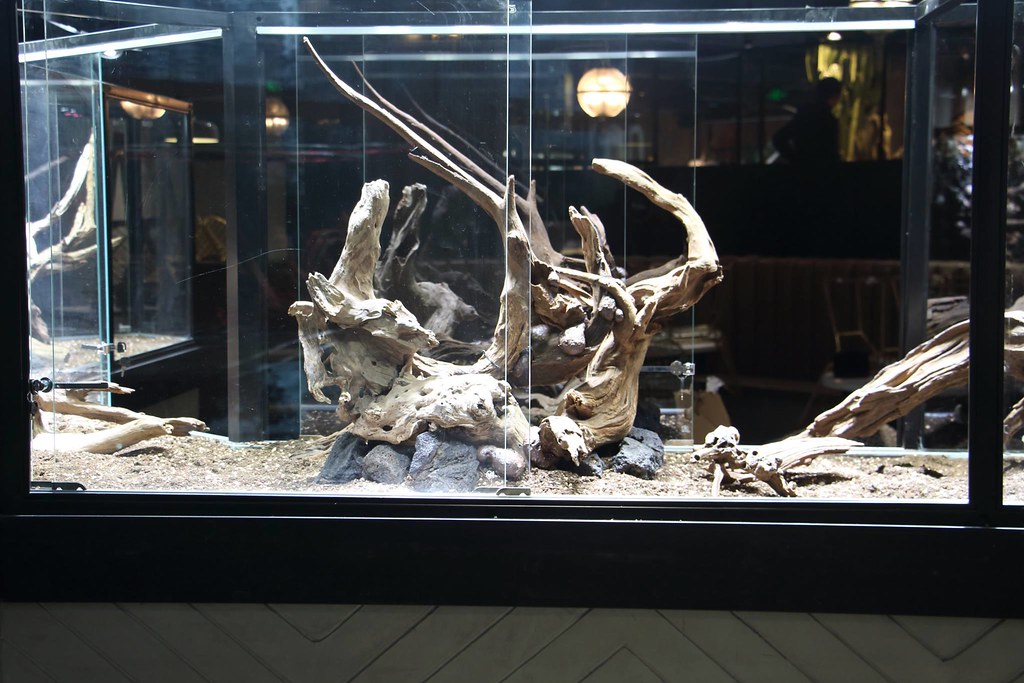
Creating proper environmental conditions is crucial for small lizard health, with temperature being particularly important as these ectothermic animals rely on external heat to regulate their bodily functions. Most small lizard species require a temperature gradient within their enclosure, typically ranging from 75-80°F on the cool side to 85-90°F on the warm side, allowing them to thermoregulate by moving between areas as needed.
Heat sources can include under-tank heaters, ceramic heat emitters, or low-wattage basking bulbs, with thermostats strongly recommended to prevent dangerous temperature fluctuations. Lighting requirements vary significantly between species: diurnal lizards like Green Anoles and Madagascar Day Geckos require UVB lighting to synthesize vitamin D3 and properly metabolize calcium, while nocturnal species such as leopard geckos and crested geckos generally don’t require UVB but benefit from a day/night lighting cycle that mimics natural conditions.
Creating proper lighting and heating zones within even a small enclosure is essential for promoting natural behaviors and supporting the physiological processes that keep these diminutive reptiles healthy.
Handling and Socialization
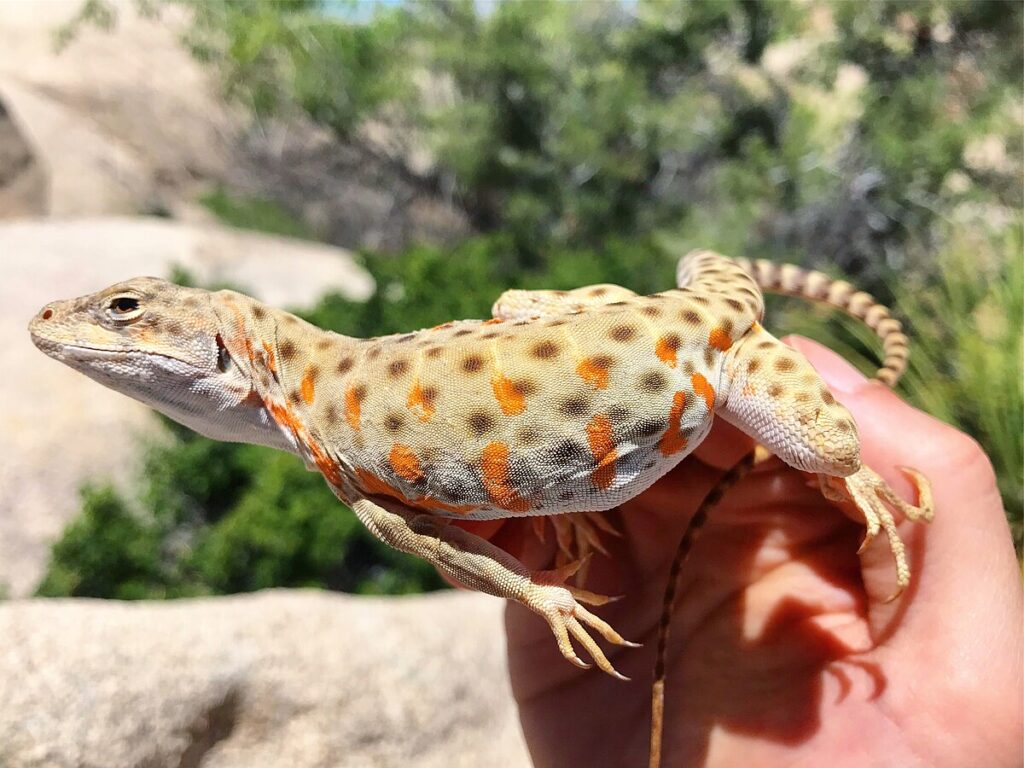
Small lizards vary considerably in their tolerance for handling, with species like leopard geckos often becoming quite comfortable with gentle interaction while others like Madagascar day geckos are best kept as display pets with minimal handling. For handleable species, socialization should begin with short, gentle sessions that gradually increase in duration as the lizard becomes accustomed to human contact.
The proper handling technique typically involves supporting the lizard’s body with an open palm while allowing it to move freely, avoiding grabbing or restraining which can trigger stress responses or tail dropping in species with this defense mechanism.
It’s important to recognize stress signals such as rapid breathing, color darkening, or attempting to flee, and to return the animal to its enclosure if these signs appear. Even the most handleable lizard species generally prefer brief, respectful interactions rather than extended handling sessions, and all lizards should have secure hiding places in their enclosures where they can retreat when feeling vulnerable or seeking privacy.
Common Health Concerns

Small lizards, while generally hardy, can experience several health issues that owners should monitor for, with metabolic bone disease (caused by calcium deficiency or improper UVB exposure) being particularly common among captive reptiles. Respiratory infections, often resulting from improper temperature or humidity levels, may manifest as wheezing, mucus around the nose, or open-mouth breathing, requiring prompt veterinary attention.
Parasitic infections, both internal and external, can affect captive lizards, with symptoms including weight loss, lethargy, abnormal feces, or visible mites on the skin and in the enclosure. Incomplete shedding is another common issue, particularly in environments with inadequate humidity, where skin remains stuck to toes, tail tips, or eyes, potentially leading to circulation problems or infection if not addressed.
Finding an exotic veterinarian with reptile experience before acquiring your lizard is strongly recommended, as these specialized professionals can provide proper diagnosis and treatment for the unique health challenges that even small lizard species may face.
Creating Enriching Environments

Small lizards thrive in environments that stimulate their natural behaviors, even within the confines of modest-sized enclosures. Creating vertical climbing opportunities with secure branches, cork bark, or commercially available reptile vines is essential for arboreal species like crested geckos and day geckos, while terrestrial species benefit from varying terrain levels created with rocks, logs, and raised platforms.
Multiple hiding spots are crucial for all lizard species, providing security and helping them regulate stress levels; commercial reptile hides, cork bark pieces, and even simple cardboard boxes can serve this purpose effectively. Live or artificial plants add visual barriers and climbing surfaces while contributing to the aesthetic appeal of the enclosure.
Environmental enrichment can also include rotational décor changes, offering novel food presentation methods (such as placing insects in different locations), and providing safe supervised exploration outside the enclosure in a secure reptile-proofed area, all of which contribute to psychological well-being and help prevent the stereotypical behaviors that can develop when small reptiles are kept in unstimulating environments.
Small lizards offer all the fascination of reptile keeping in manageable packages that don’t require excessive space or overly complex care routines. Whether you’re drawn to the docile personality of leopard geckos, the spectacular colors of day geckos, or the unique appearance of crested geckos, these diminutive reptiles provide engaging, low-maintenance companionship that fits even modest living situations.
The key to success with these species lies in understanding their specific environmental needs, providing appropriate nutrition, and creating enriching habitats that allow them to express natural behaviors. With proper research before acquisition and consistent care thereafter, these seven small lizard species can thrive in captivity for many years, rewarding their keepers with fascinating behaviors, distinctive personalities, and the special satisfaction that comes from successfully maintaining these captivating miniature reptiles.

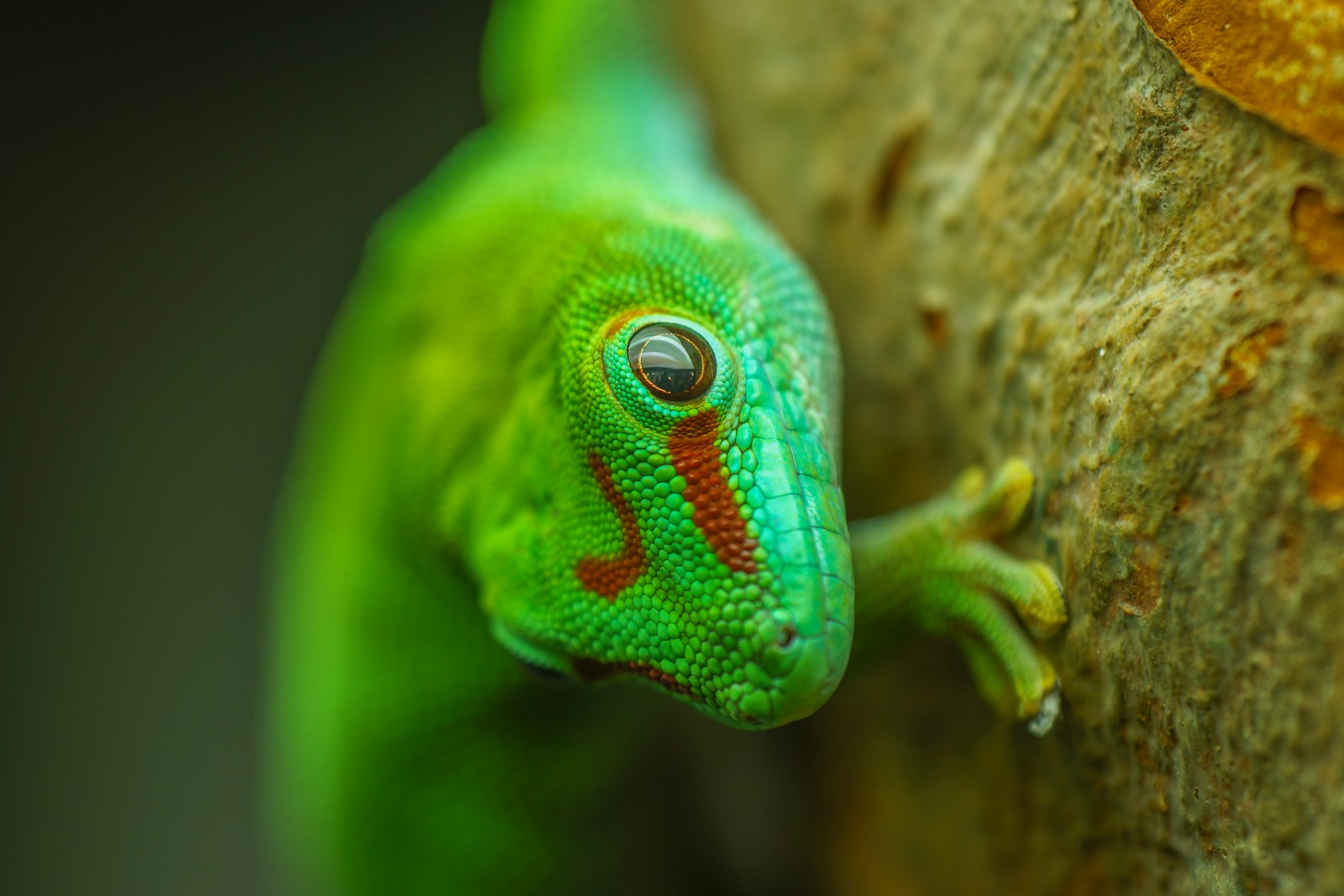
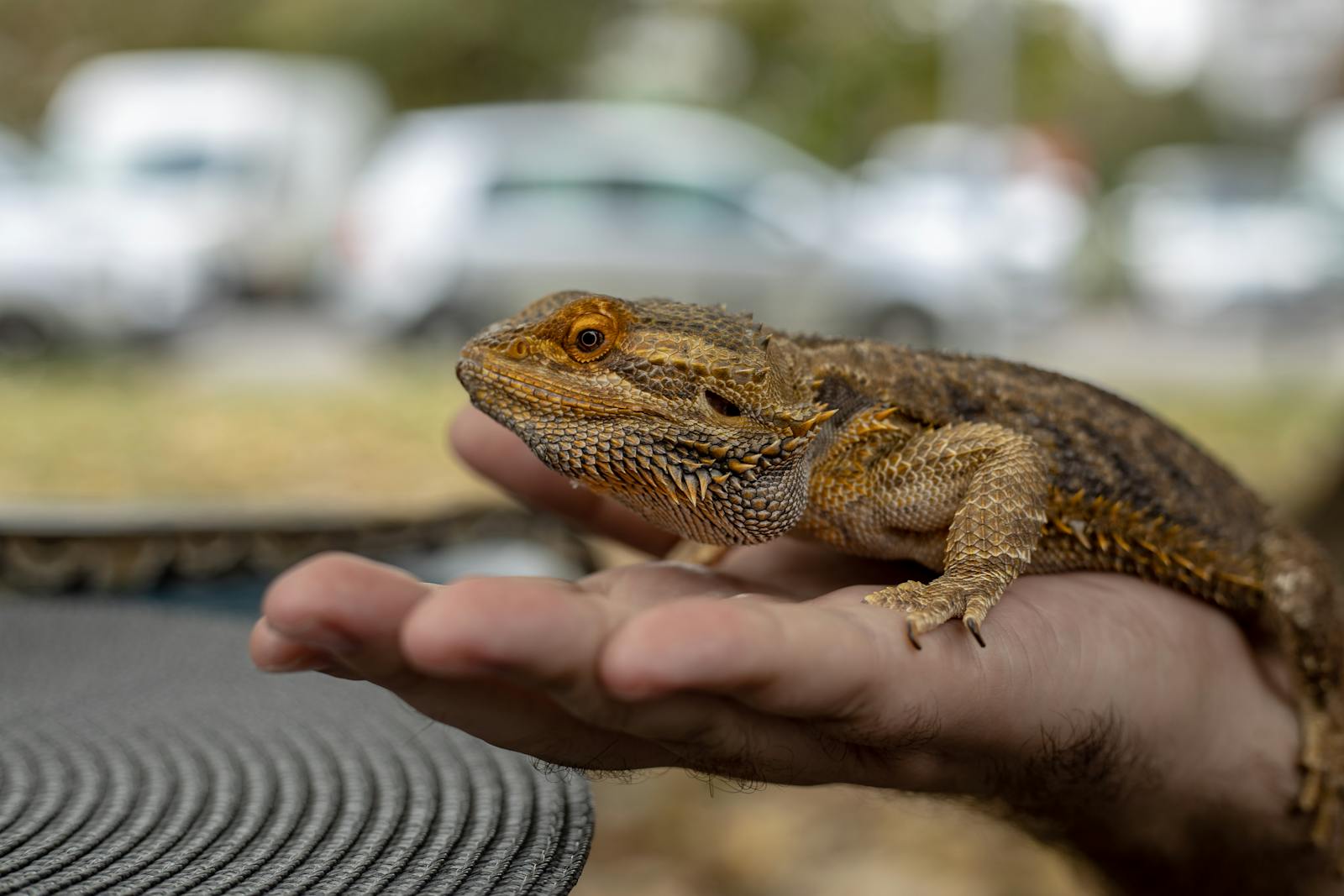

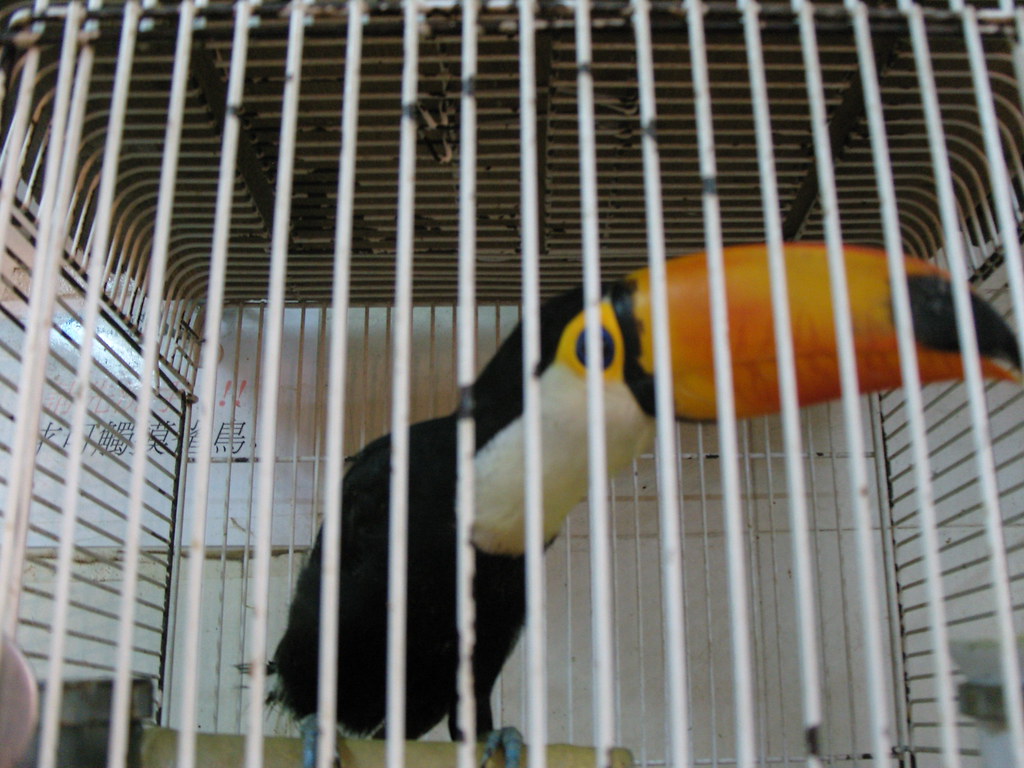
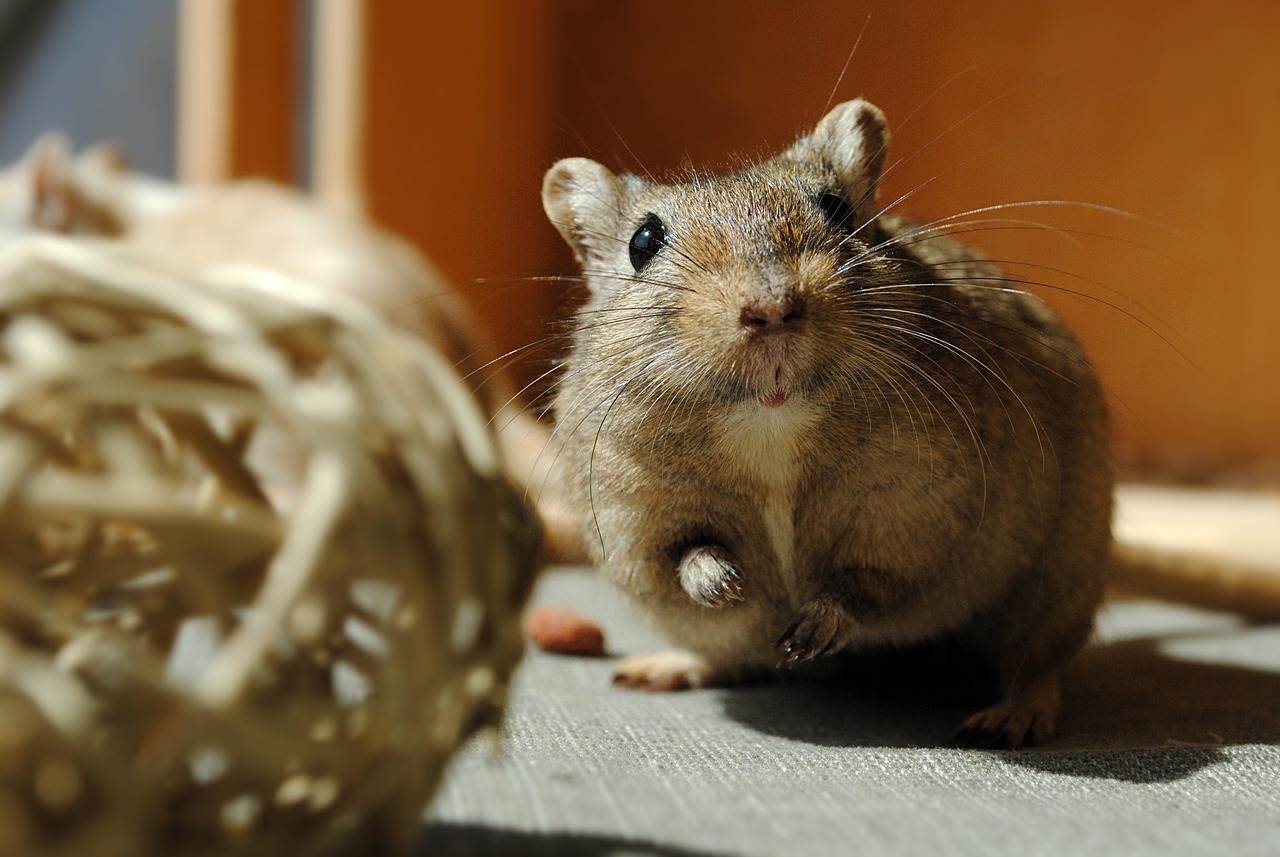
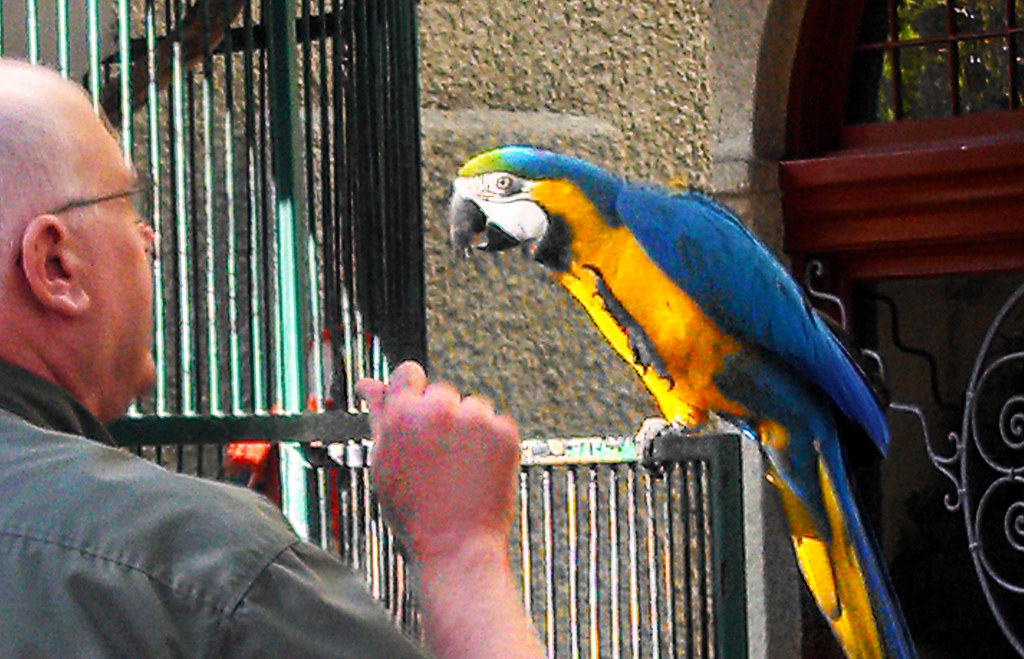
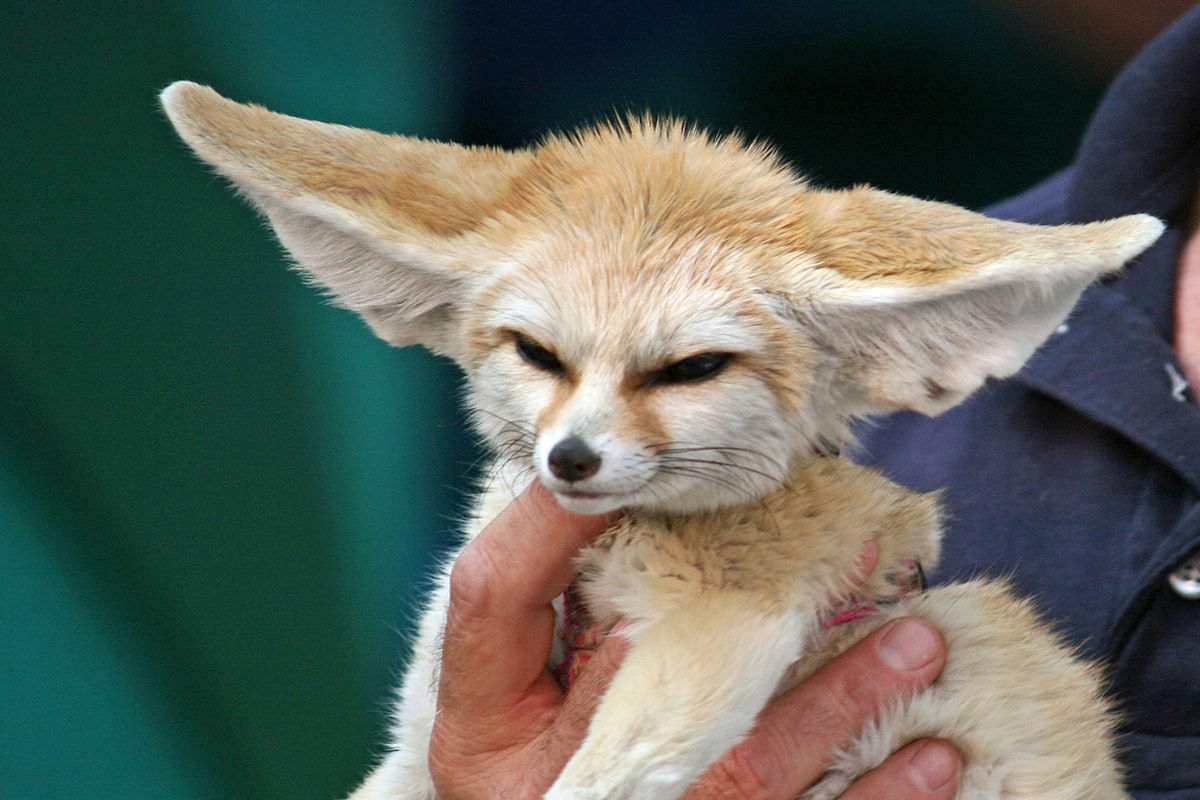
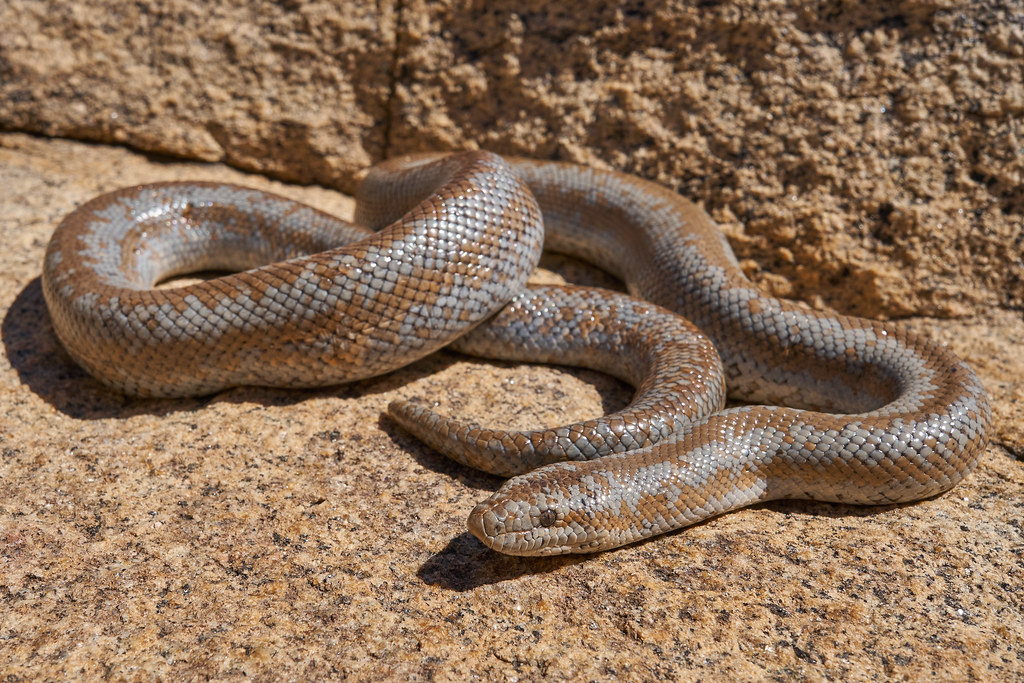
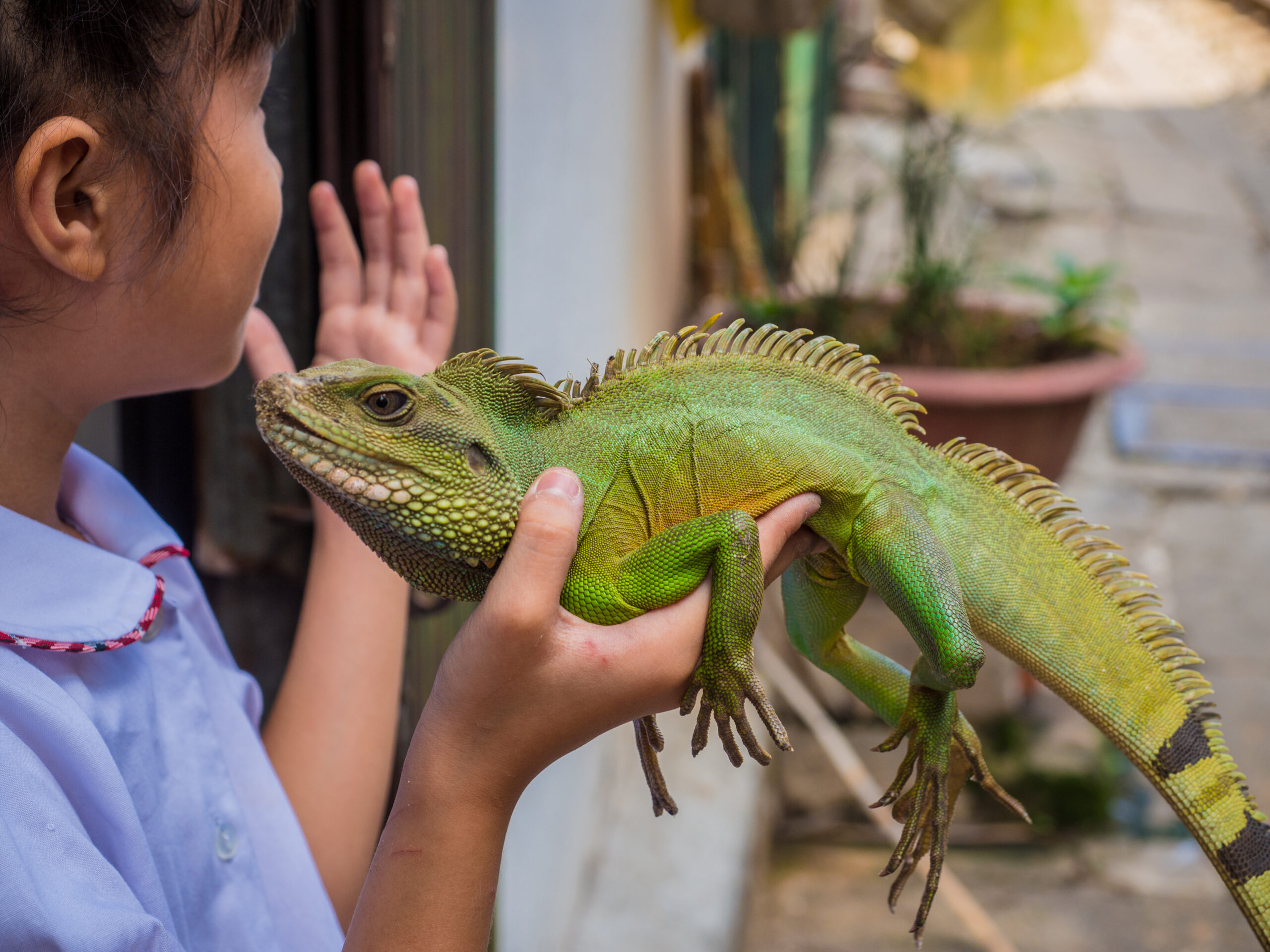
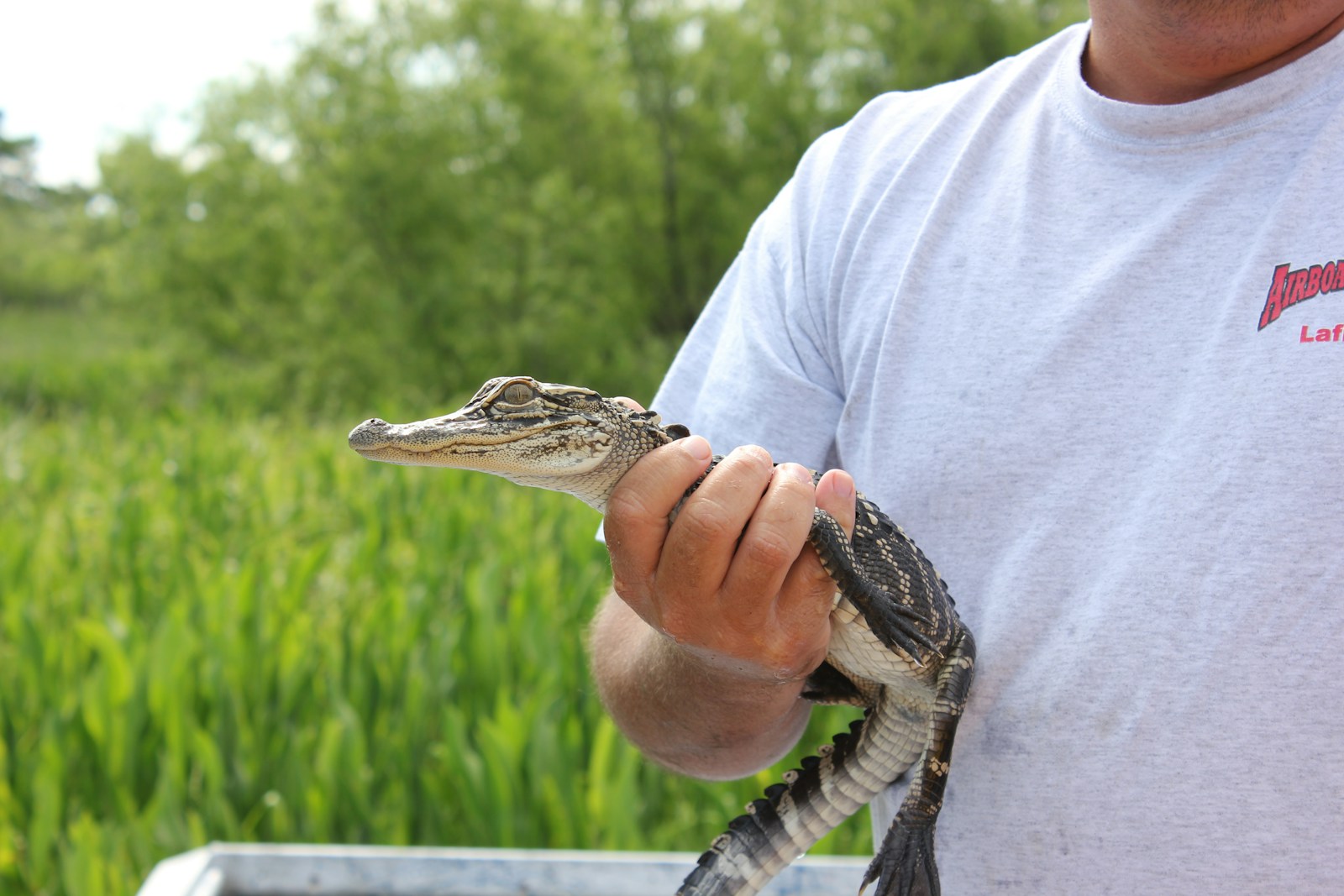
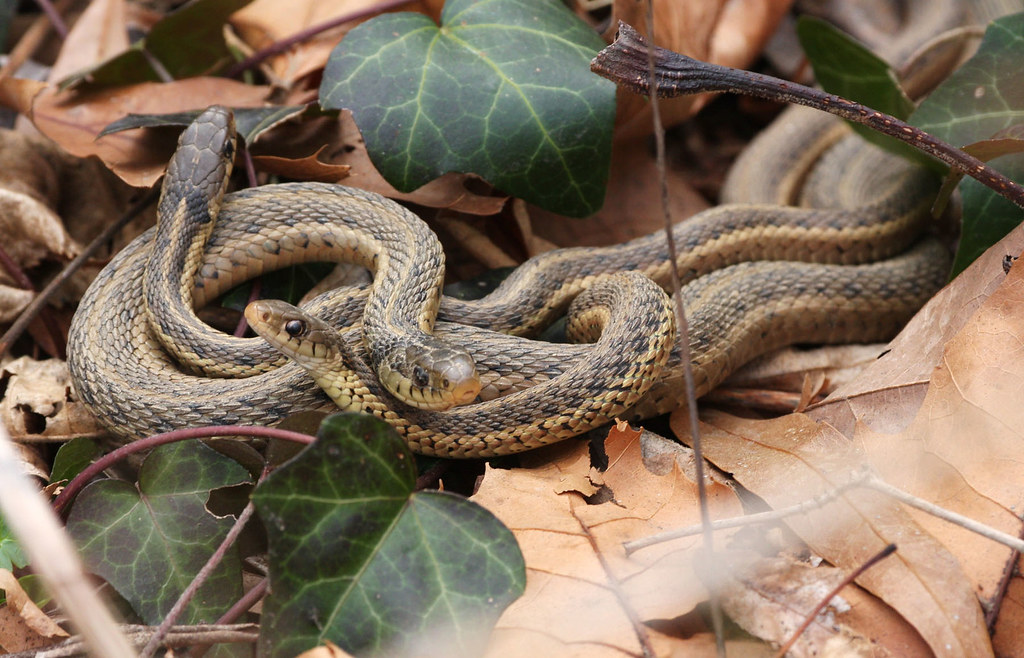




Leave a Reply